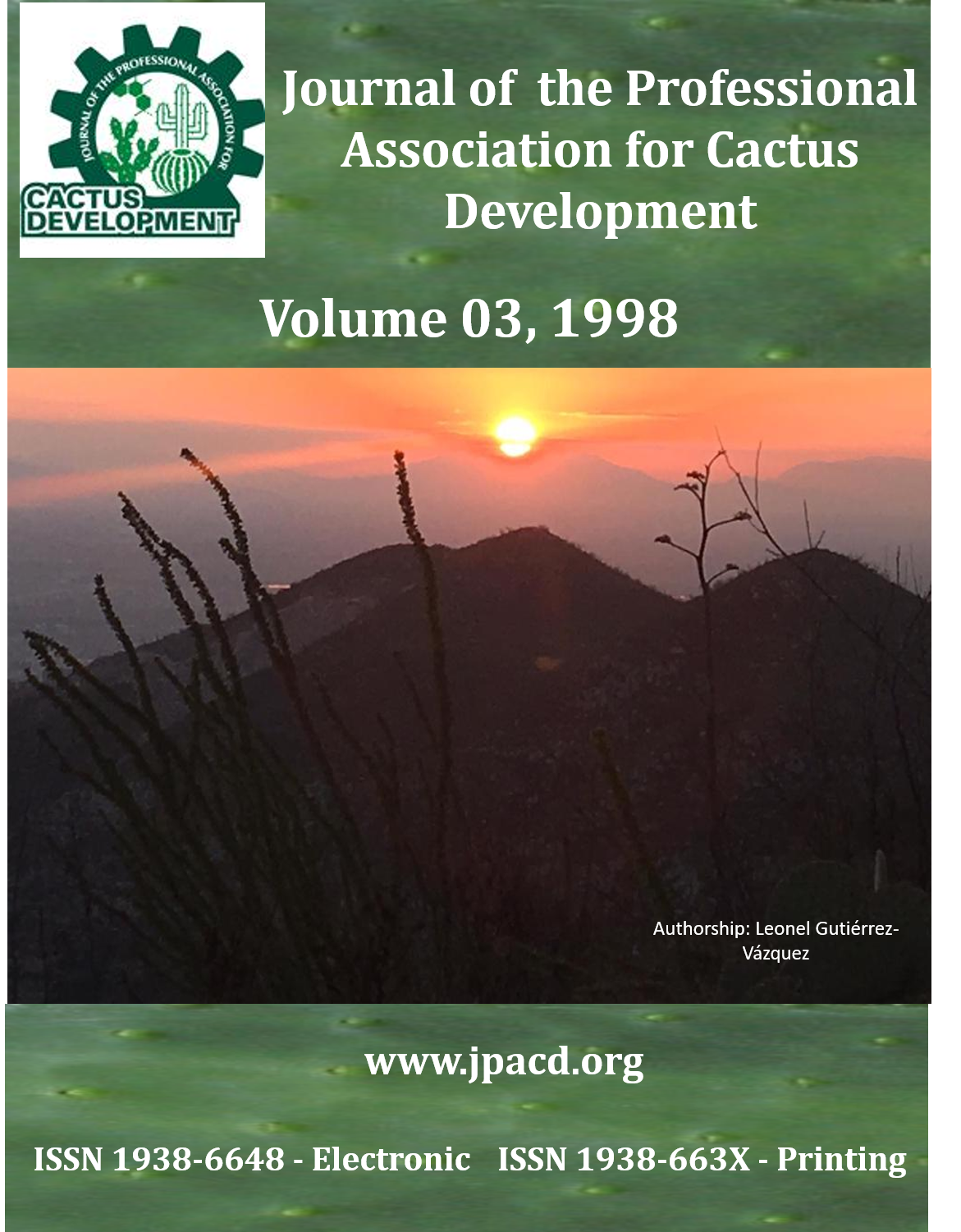Wet Rot and Necrosis Caused by Bacteria in Opuntia ficus-indica Mill in Santiago del Estero, Argentina
DOI:
https://doi.org/10.56890/jpacd.v3i.160Abstract
Opuntia ficus-indica Mill is cultivated in marginal areas of Santiago del Estero province for its fruit.
In the last few years, its cultivation has increased as a result of favorable market conditions for the
fruit, resulting in the transfer of vegetative propagation material to new locations.
Cactus tolerates drought and little technology is required to get profitable levels of production.
Recently, in Santiago del Estero, a disease that produces severe damage to the cactus plantations
has appeared. This disease appears as wet spots on the epidermis of cladodes and, finally,
coalesces, acquiring an orange-brown color that gets darker as the disease progresses. The
infected tissue eventually becomes dried or rotten and causes the cladode to break off the mother
plant.
Similar symptoms to those observed in these local cacti were also observed in Sicily (Granata and
Varvaro 1990; Varvaro et al. 1993), where the causal organism was Erwinia. Therefore, the
presence of Erwinia in these areas is presumed.
Publication Facts
Reviewer profiles N/A
Author statements
Indexed in
- Academic society
- Journal of the Professional Association for Cactus Development
- Publisher
- Professional Association for Cactus Development




